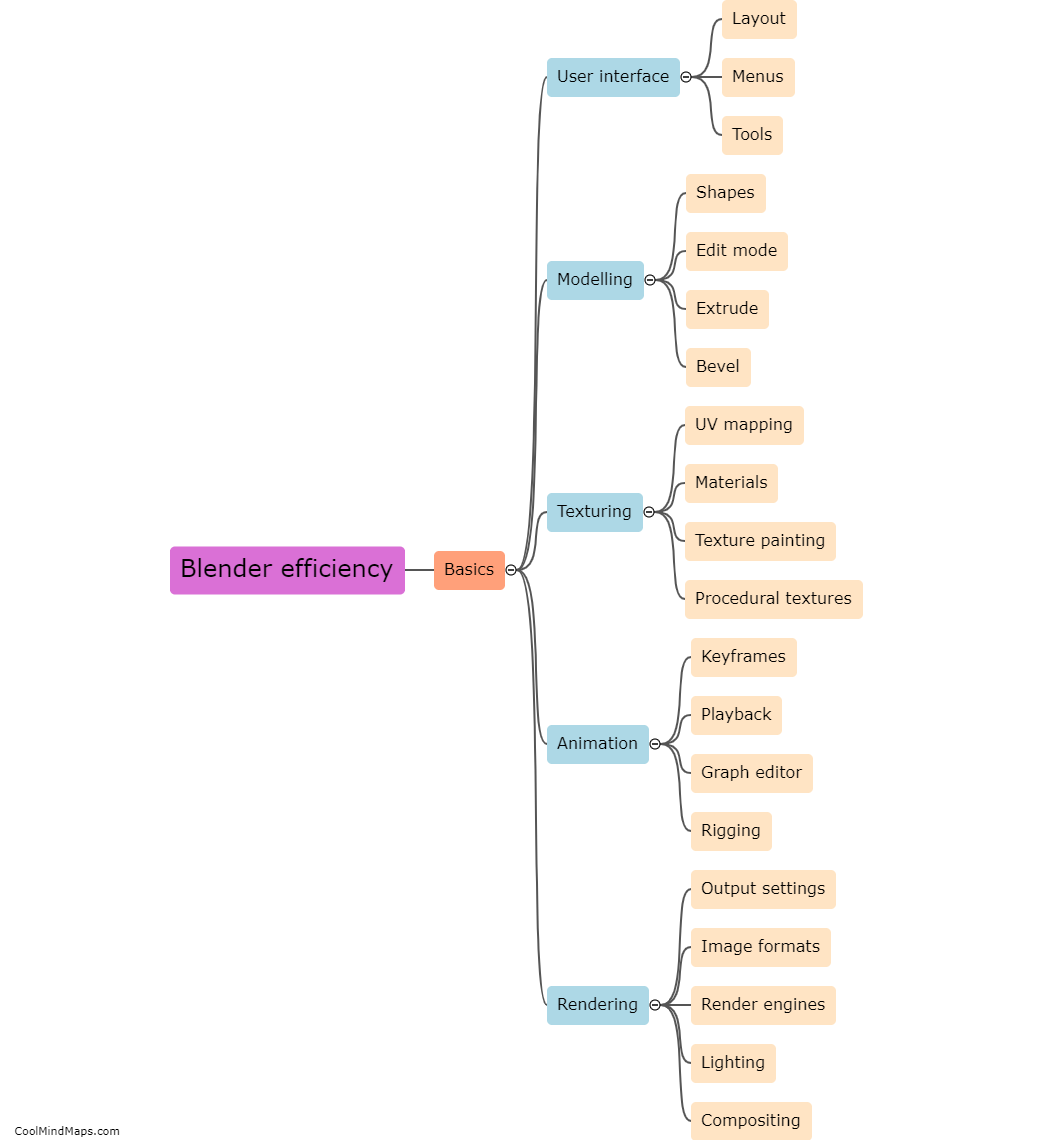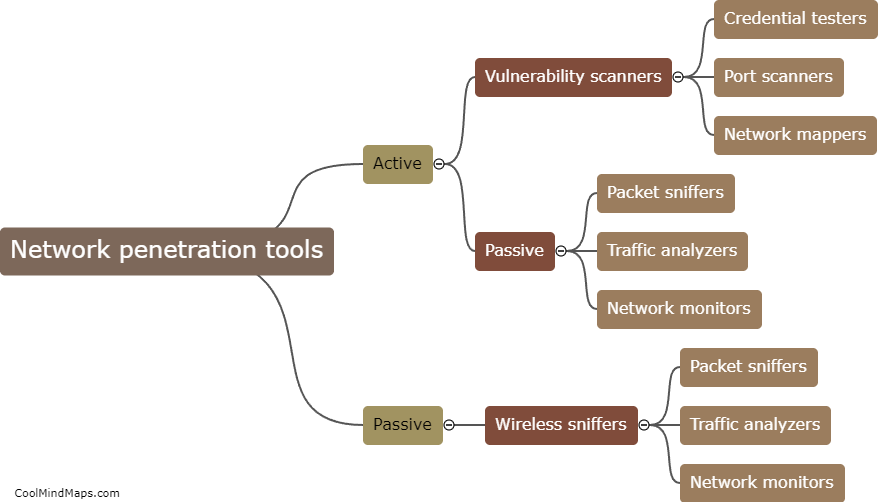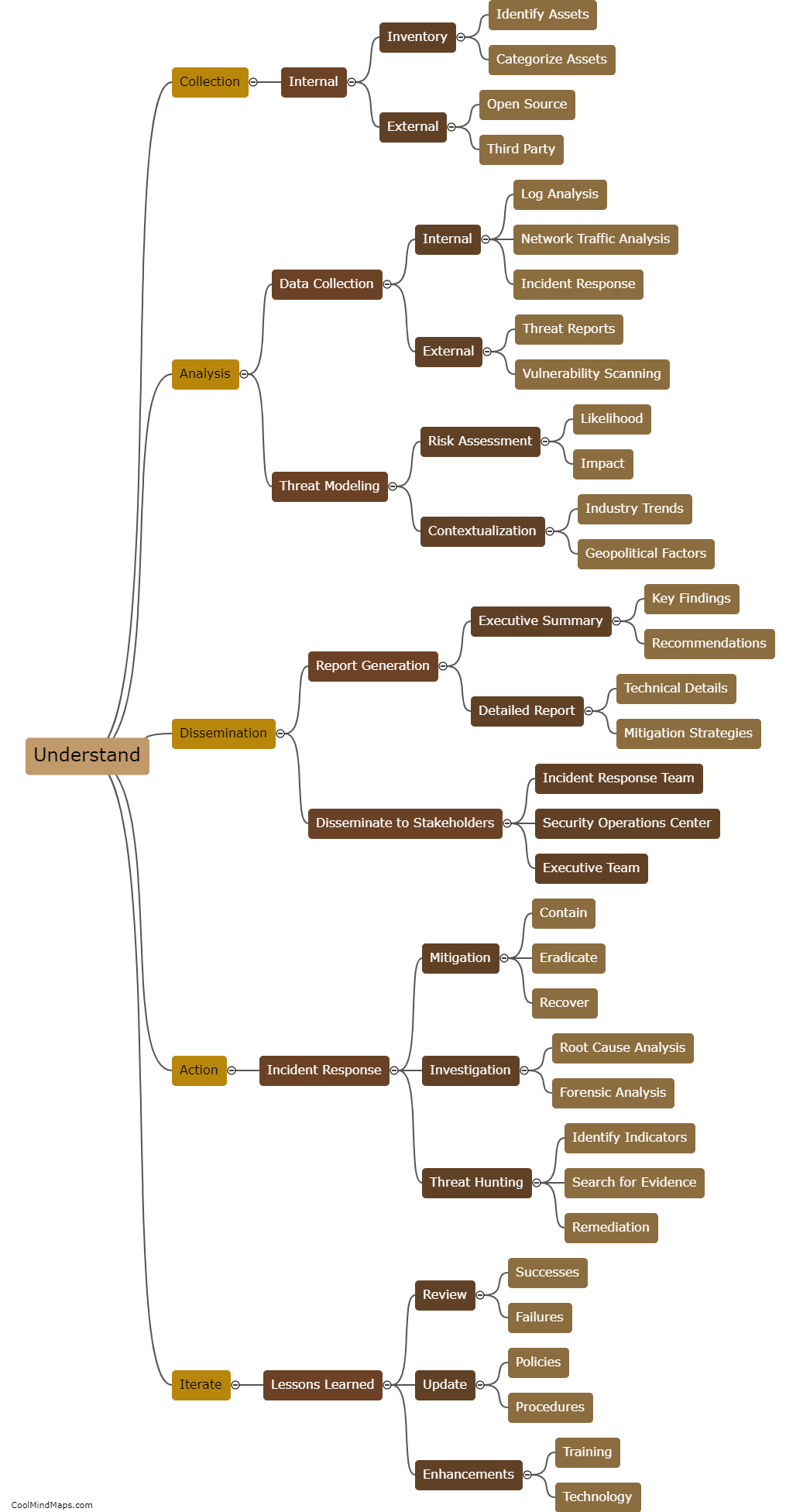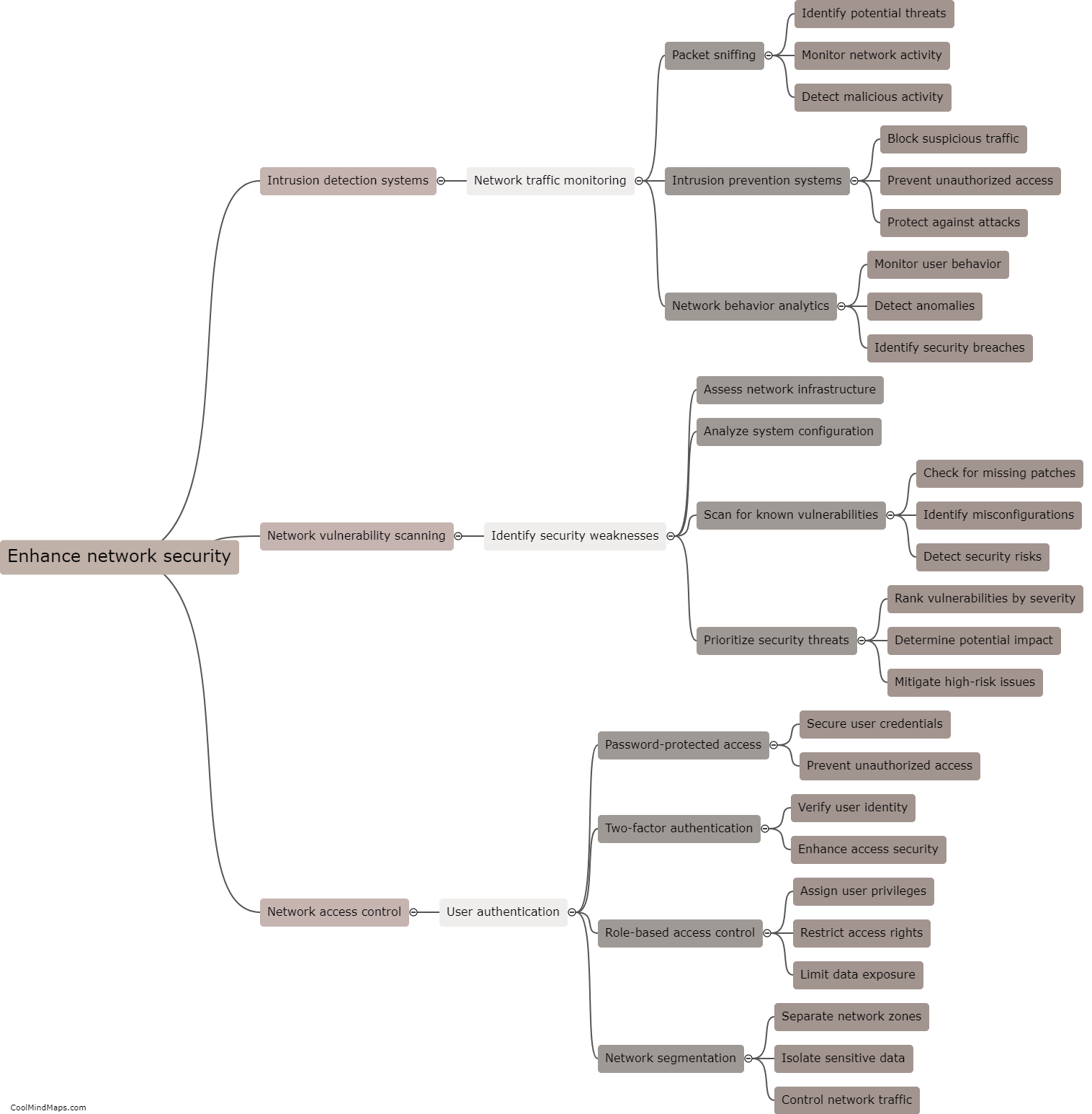What are the different tools used for network surveillance?
Network surveillance refers to the process of monitoring and analyzing network traffic, activities, and behavior to detect any potential security threats or performance issues. Various tools are available to assist in this endeavor. One of the commonly used tools is a network analyzer or packet sniffer, which captures, decodes, and analyzes network packets to gain valuable insights into network traffic. Intrusion Detection Systems (IDS) and Intrusion Prevention Systems (IPS) are other tools used for network surveillance that monitor and analyze network traffic patterns to identify and prevent any potential unauthorized access or attacks. Network scanning tools, such as port scanners, are helpful in identifying open ports, vulnerabilities, and potential security risks within a network. Additionally, log analysis tools analyze log data generated by network devices and systems to identify any suspicious or anomalous activities. Overall, these tools collectively aid in enhancing network security and ensuring optimal network performance.

This mind map was published on 21 September 2023 and has been viewed 117 times.











